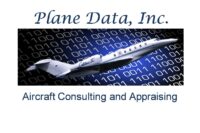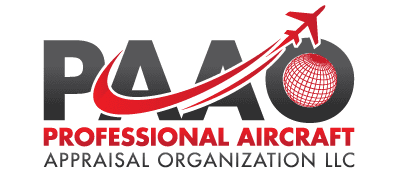FREE E-BOOK
The Banker's Guide to Aircraft Financing
When you complete the form below, you’ll receive an email with a free download of our Banker’s Guide to Aircraft Financing. This E-Book contains 39 pages of valuable information including:
- Critical things every banker should know
- Securing collateral and navigating title issues
- Navigating aircraft reposessions and collateral management
- Strategies for effective aircraft valuation and risk management
Preview the first 10 pages of the E-Book or complete the form below to download all 39 pages for free!
Previous
Next
What's Inside?
Chapter 1
Risk Management
- Navigating risk management
- The distinct nature of aircraft financing
- Evaluating and documenting aircraft value
- Necessity of comprehensive documentation
- Unlocking the value of market understanding
- Publication pitfalls and appraisal challenges
- Debunking loan-to-value (LTV) myths
- Effective risk management
Chapter 2
Aircraft Titles
- Ensuring aircraft existence and airworthiness
- The need for routine collateral inspection
- Navigating title issues
Chapter 3
Aircraft Repossessions
- Unique nature of aircraft repossessions
- Securing aircraft and records during repossession
- Recognizing the urgency of informed action
- Addressing misconceptions about aircraft values
- Market value vs. liquidation value
- Challenges with current policies
- Identifying and solving common issues
- Universal solutions for varied banks
Chapter 4
Aircraft Valuation
- Embracing comprehensive solutions
- The significance of appraisals
- Defining the legitimate appraisal
- Choosing the right appraisal
- Making informed choices
- Choosing the right report
- Choosing qualified appraisers
- Differing evaluation approaches
- Establishing accuracy and reliability
- The unseen costs of inaccuracy





